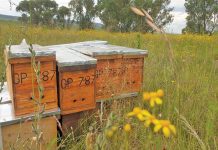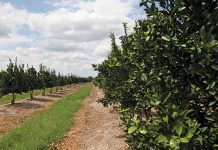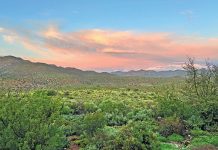The Free State remains dry despite isolated showers of between 10mm and 30mm in the northeastern parts of the province, including the Reitz, Heilbron and Frankfort districts. The rest of the province is very dry, especially in the central parts.
Johan van den Berg, of Santam Agriculture, said conditions in the Bloemfontein and Petrusburg areas have deteriorated to such an extent farmers have put livestock on wheat. He explained that not only is the wheat harvest virtually destroyed in the central Free State, grazing is also becoming a problem. “Farmers have relied on maize rests so far, but supplies are now depleted and there is no natural grazing available, grassland in particular.
However, the Karoo-type veld in the southern and southern parts of the Northern Cape are still holding their own because of winter rains in those parts. The Kalahari veld in the northern parts of the Northern Cape is also in a reasonably good condition. Isolated showers fell over the North West lately with as much as 50mm measured in the Leeudoringstad district. Van den Berg explained that the summer grain production areas aren’t experiencing a crisis yet because of the soil moisture content after the good rain the previous season.
Irrigation water supplies aren’t a cause for concern either, except at the Krugersdrift Dam, in the central Free State, which is at only 14%. Good rain fell over Mpumalanga, KwaZulu-Natal, the Eastern Cape and parts of Limpopo. “Farmers in Mpumalanga can start planting summer grains,” said Van den Berg. “Good showers of between 20mm and 40mm occurred over the province, good news for farmers who only have until the first week of November to plant. KwaZulu-Natal and parts of the Eastern Cape also had 20mm or more.” – Annelie Coleman








